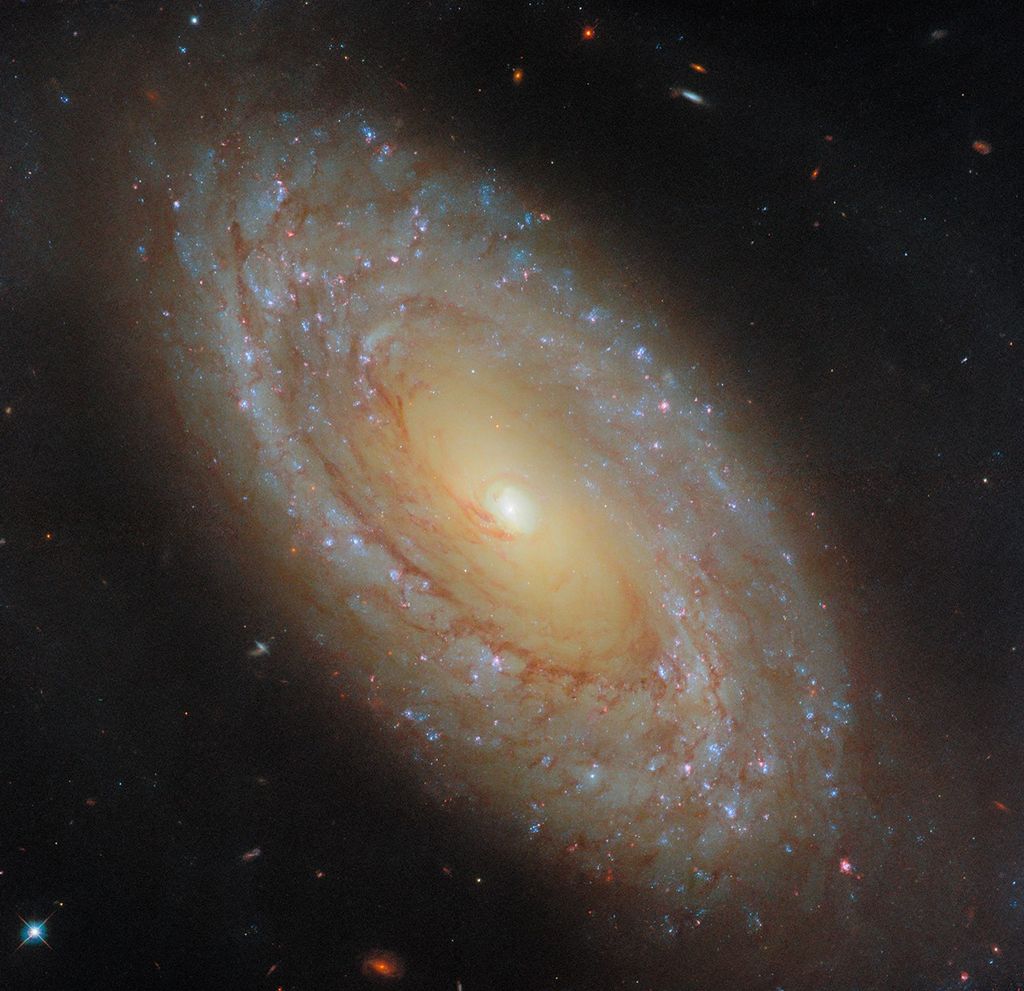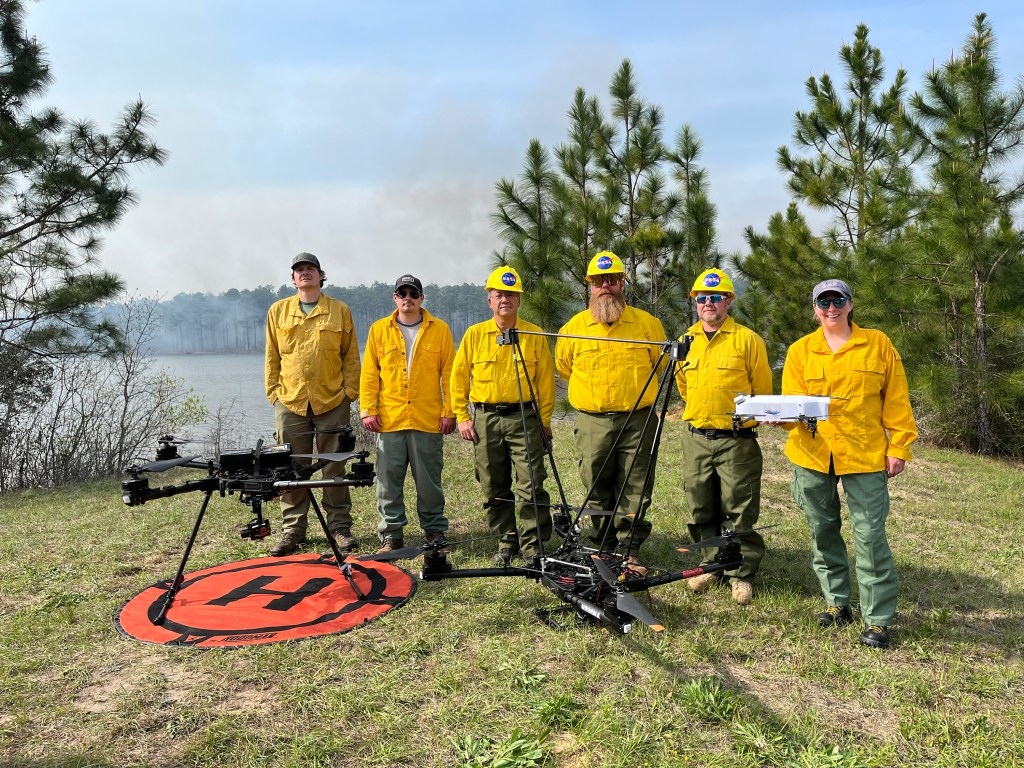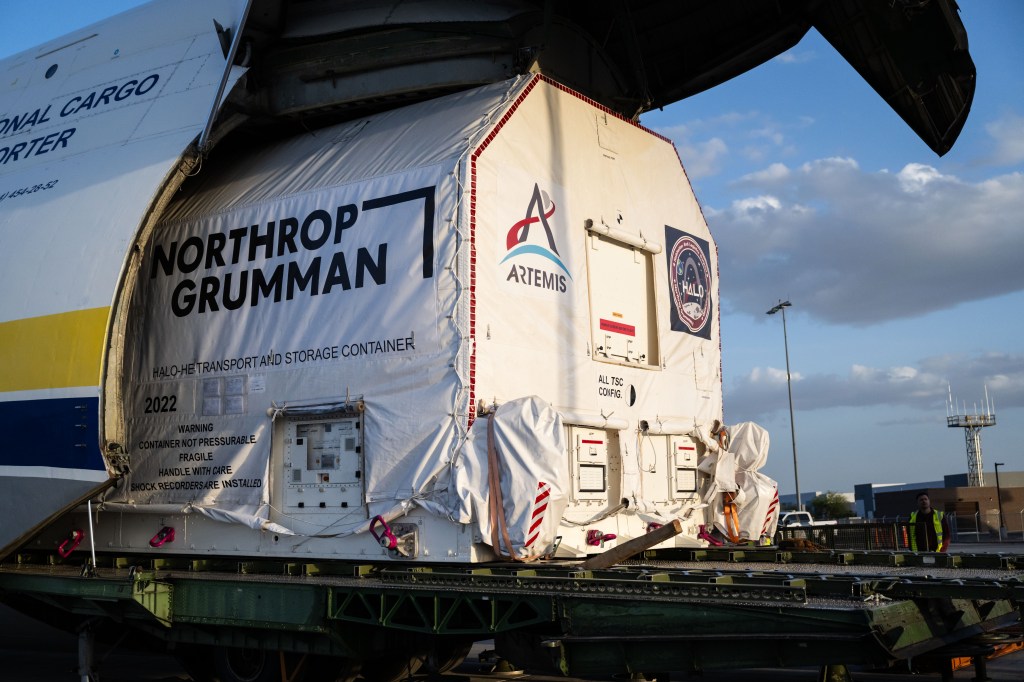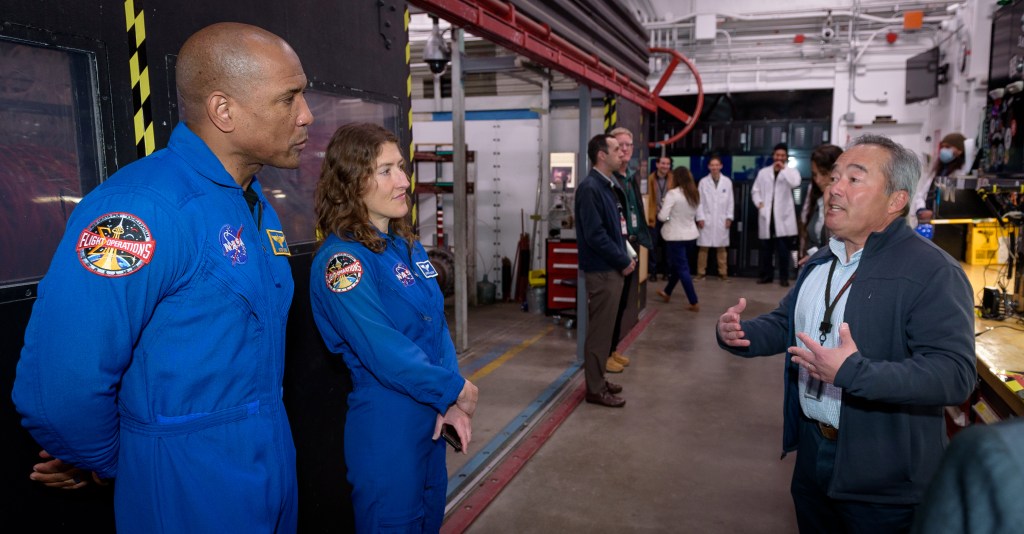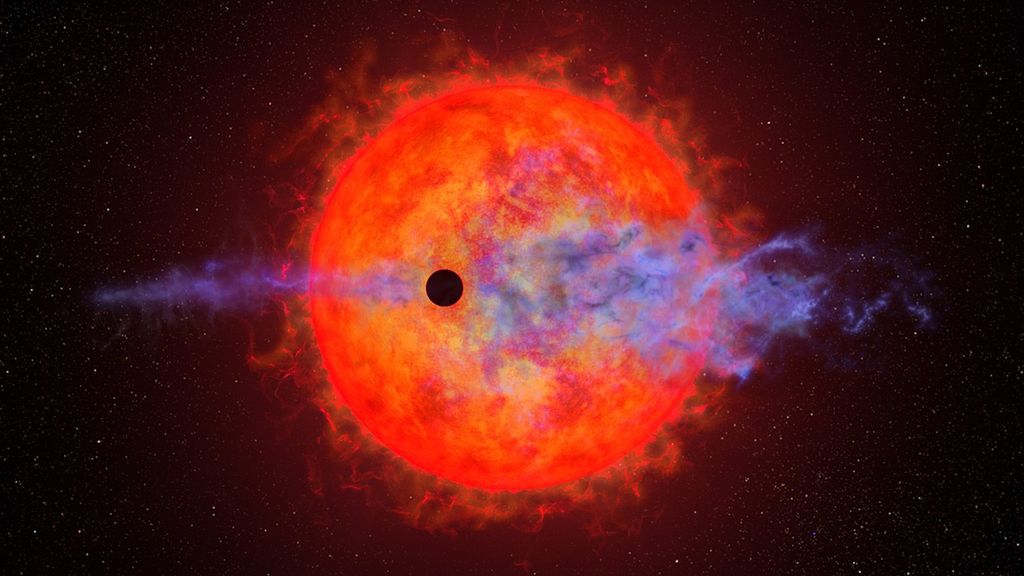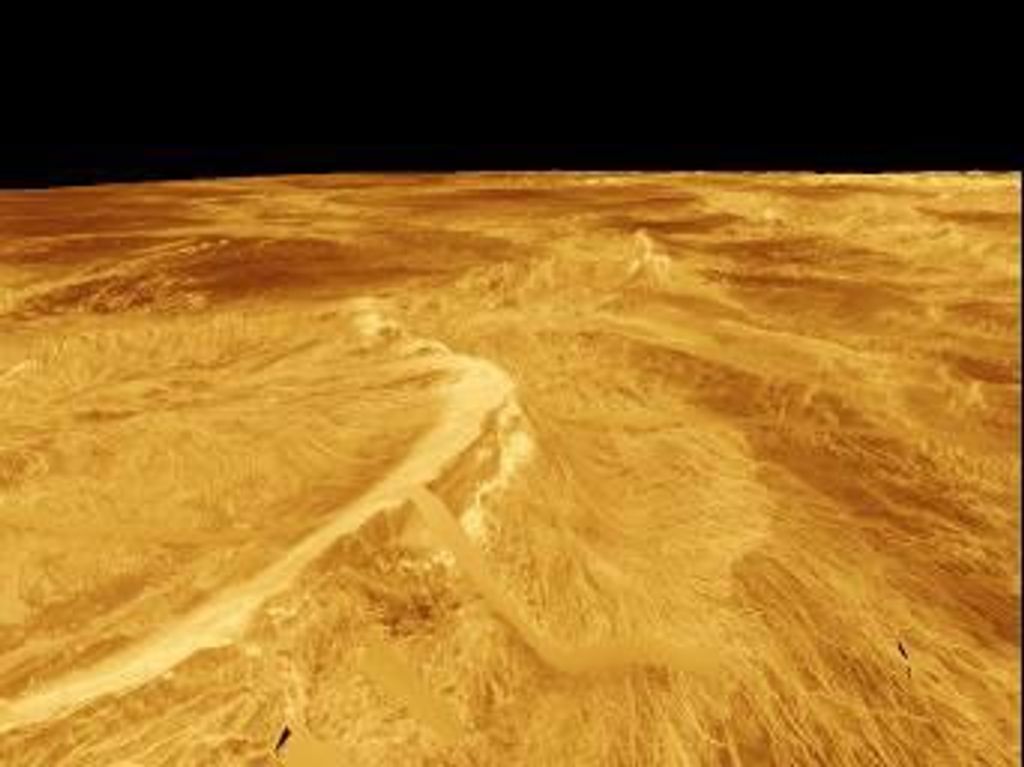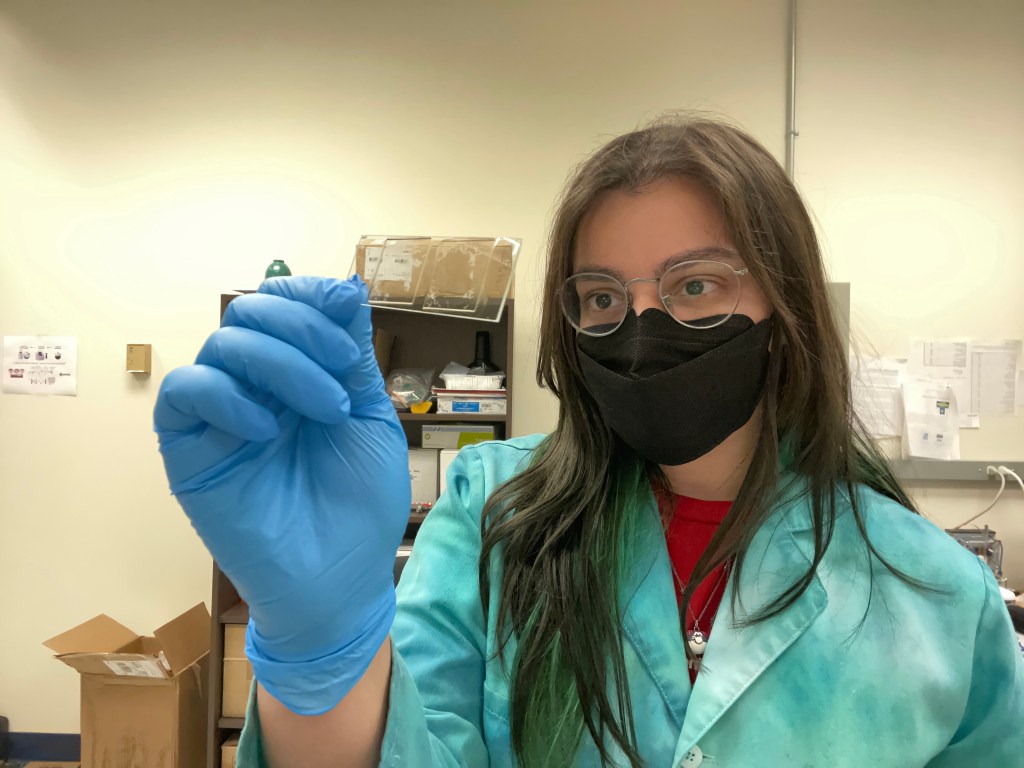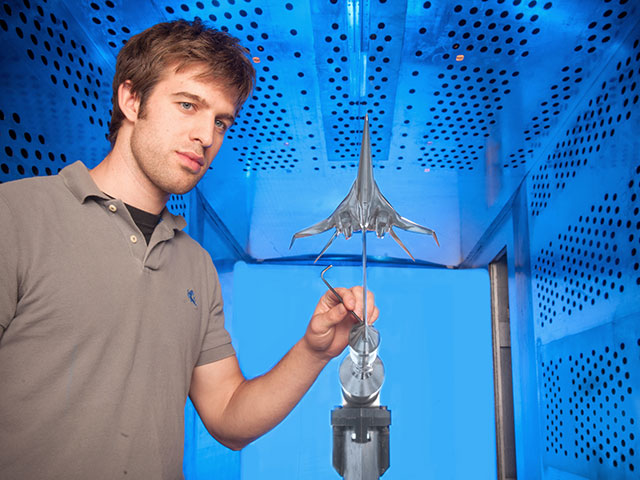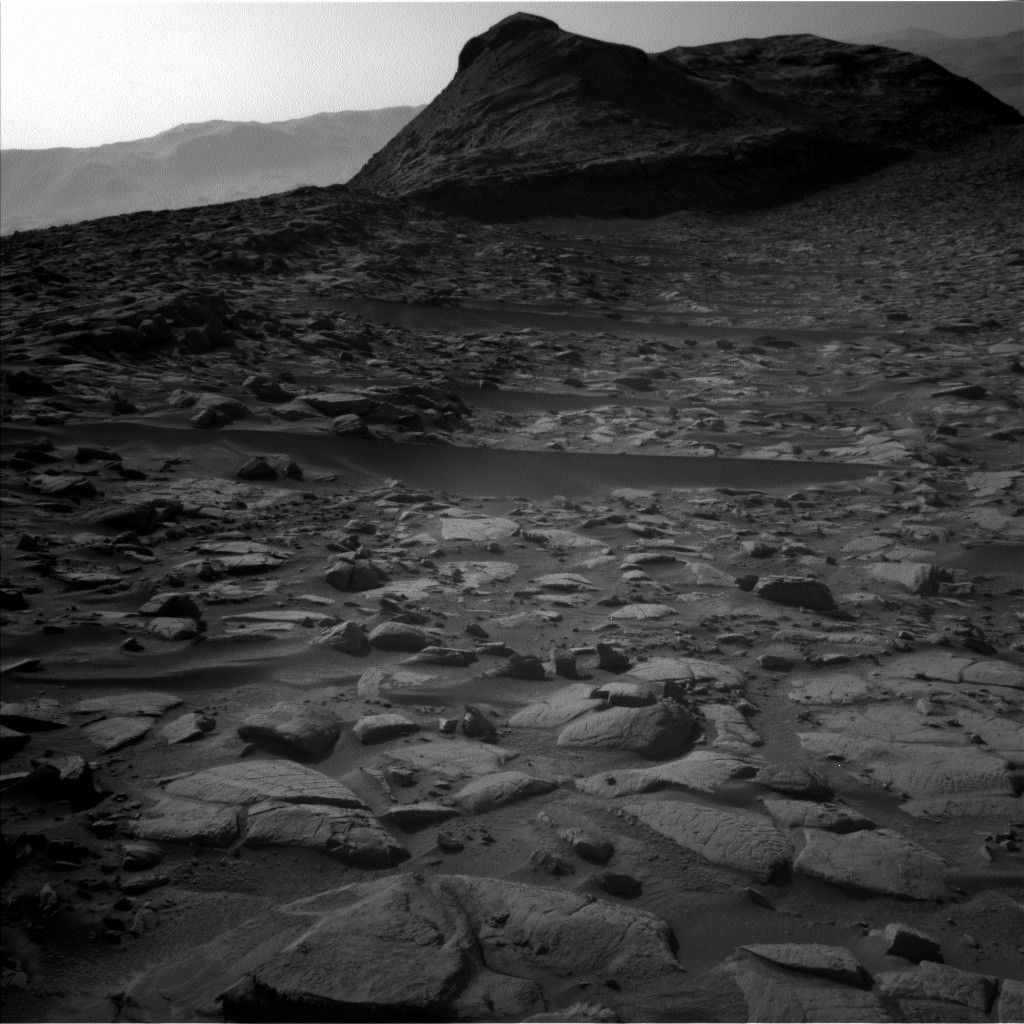Artemis I — Flight Day 13: Orion Goes the (Max) Distance
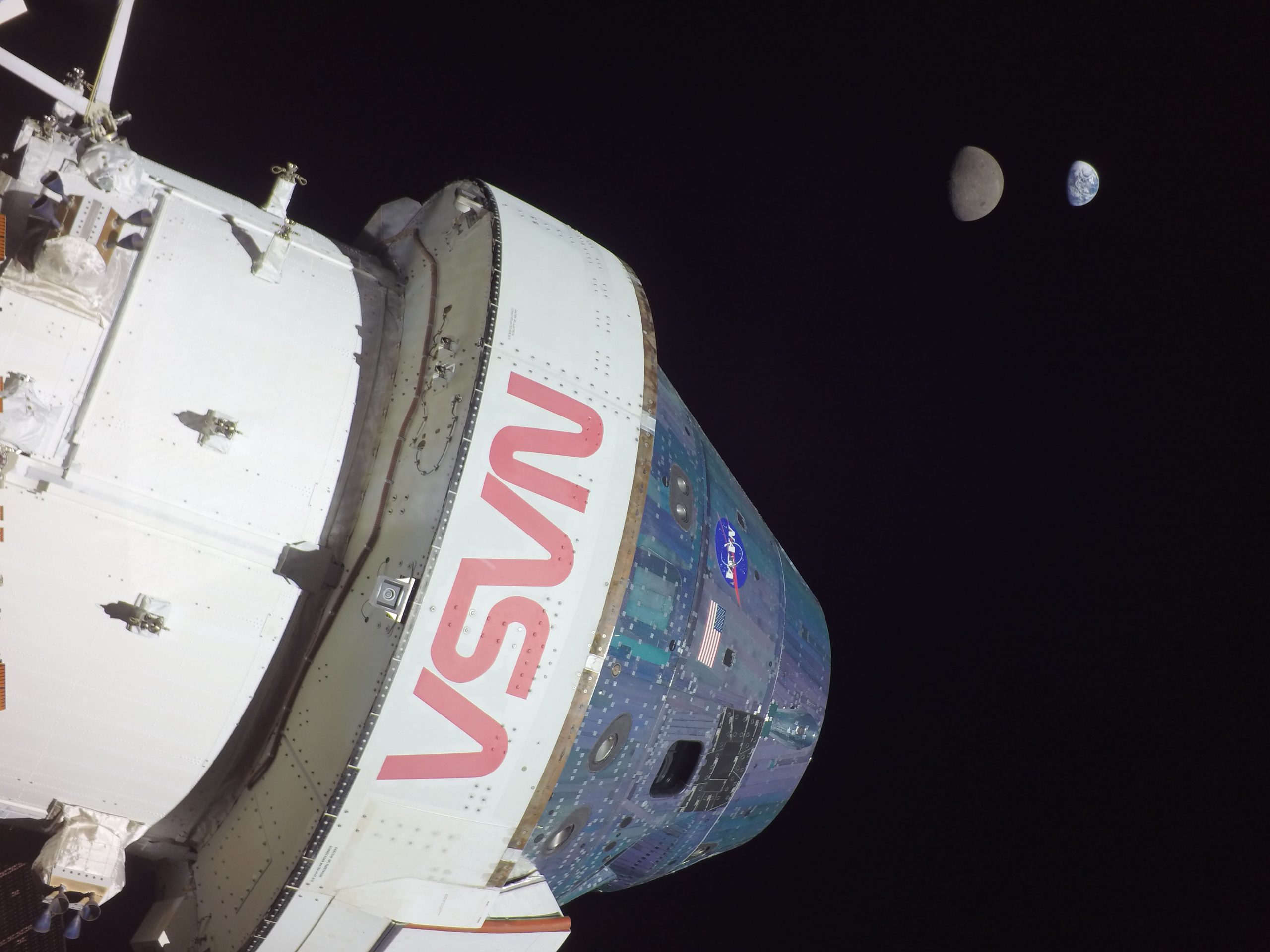
NASA’s uncrewed Orion spacecraft reached the farthest distance from Earth it will travel during the Artemis I mission — 268,563 miles from our home planet — just after 3 p.m. CST. The spacecraft also captured imagery of Earth and the Moon together throughout the day, including of the Moon appearing to eclipse Earth.
Reaching the halfway point of the mission on Flight Day 13 of a 25.5 day mission, the spacecraft remains in healthy condition as it continues its journey in distant retrograde orbit, an approximately six-day leg of its larger mission thousands of miles beyond the Moon.
“Because of the unbelievable can-do spirit, Artemis I has had extraordinary success and has completed a series of history making events,” said NASA Administrator Bill Nelson. “It’s incredible just how smoothly this mission has gone, but this is a test. That’s what we do – we test it and we stress it.”
Engineers had originally planned an orbital maintenance burn today but determined it was not necessary because of Orion’s already precise trajectory in distant retrograde orbit. Based on Orion’s performance, managers are examining adding seven additional test objectives to further characterize the spacecraft’s thermal environment and propulsion system to reduce risk before flying future missions with crew. To date, flight controllers have accomplished or are in the process of completing 37.5% of the test objectives associated with the mission, with many remaining objectives set to be evaluated during entry, descent, splashdown, and recovery.
NASA’s Exploration Ground Systems team and the U.S. Navy are beginning initial operations for recovery of Orion when it splashes down in the Pacific Ocean. The team will deploy Tuesday for training at sea before return to shore to make final preparations ahead of splashdown.
Managers also closed out today a team formed earlier in the mission to investigate readings associated with the spacecraft’s star trackers after determining the hardware is performing as expected and initially suspect readings are a byproduct of the flight environment.
Flight controllers also have completed 9 of 19 translational burns and exercised the three types of engines on Orion – the main engine, auxiliary thrusters, and reaction control system thrusters. Approximately 5,640 pounds of propellants have been used, which is about 150 pounds fewer than prelaunch expected values. More than 2,000 pounds of margin remain available beyond what teams plan to use for the mission, an increase of more than 120 pounds from prelaunch expected values. So far, teams have already sent more than 2,000 files from the spacecraft to Earth.
Just before 8 p.m. EST, Orion was 268,457 miles from Earth and 43,138 miles from the Moon, cruising at 1,679 miles per hour.
To follow the mission real-time, you can track Orion during its mission around the Moon and back and watch live imagery from the spacecraft. Check the NASA TV schedule for updates on the next televised events. The latest imagery and videos can be found on the Johnson Space Center Flickr.

